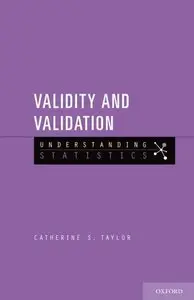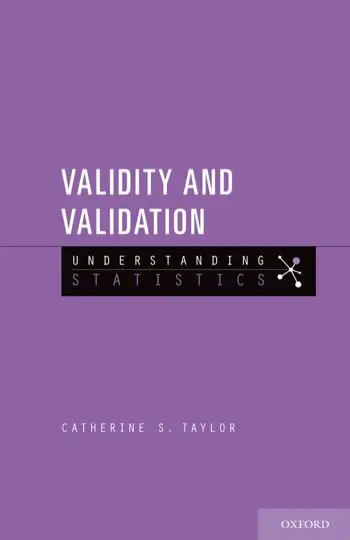Validity and Validation (Understanding Statistics) by Catherine S. Taylor
English | 2013 | ISBN: 019979104X | 224 pages | PDF | 1,4 MB
English | 2013 | ISBN: 019979104X | 224 pages | PDF | 1,4 MB
The Understanding Research series focuses on the process of writing up social research. The series is broken down into three categories: Understanding Statistics, Understanding Measurement, and Understanding Qualitative Research. The books provide researchers with guides to understanding, writing, and evaluating social research. Each volume demonstrates how research should be represented, including how to write up the methodology as well as the research findings. Each volume also reviews how to appropriately evaluate published research.
Validity and Validation is an introduction to validity theory and to the methods used to obtain evidence for the validity of research and assessment results. The book pulls together the best thinking from educational and psychological research and assessment over the past 50 years. It briefly describes validity theory's roots in the philosophy of science. It highlights the ways these philosophical perspectives influence concepts of internal and external validity in research methodology, as well as concepts of validity and reliability in educational and psychological tests and measurements. Each chapter provides multiple examples (e.g., research designs and examples of output) to help the readers see how validation work is done in practice, from the ways we design research studies to the ways we interpret research results. Of particular importance is the practical focus on validation of scores from tests and other measures. The book also addresses strategies for investigating the validity of inferences we make about examinees using scores from assessments, as well as how to investigate score uses, the value implications of score interpretations, and the social consequences of score use. With this foundation, the book presents strategies for minimizing threats for validity as well as quantitative and qualitative methods for gathering evidence for the validity of scores.



